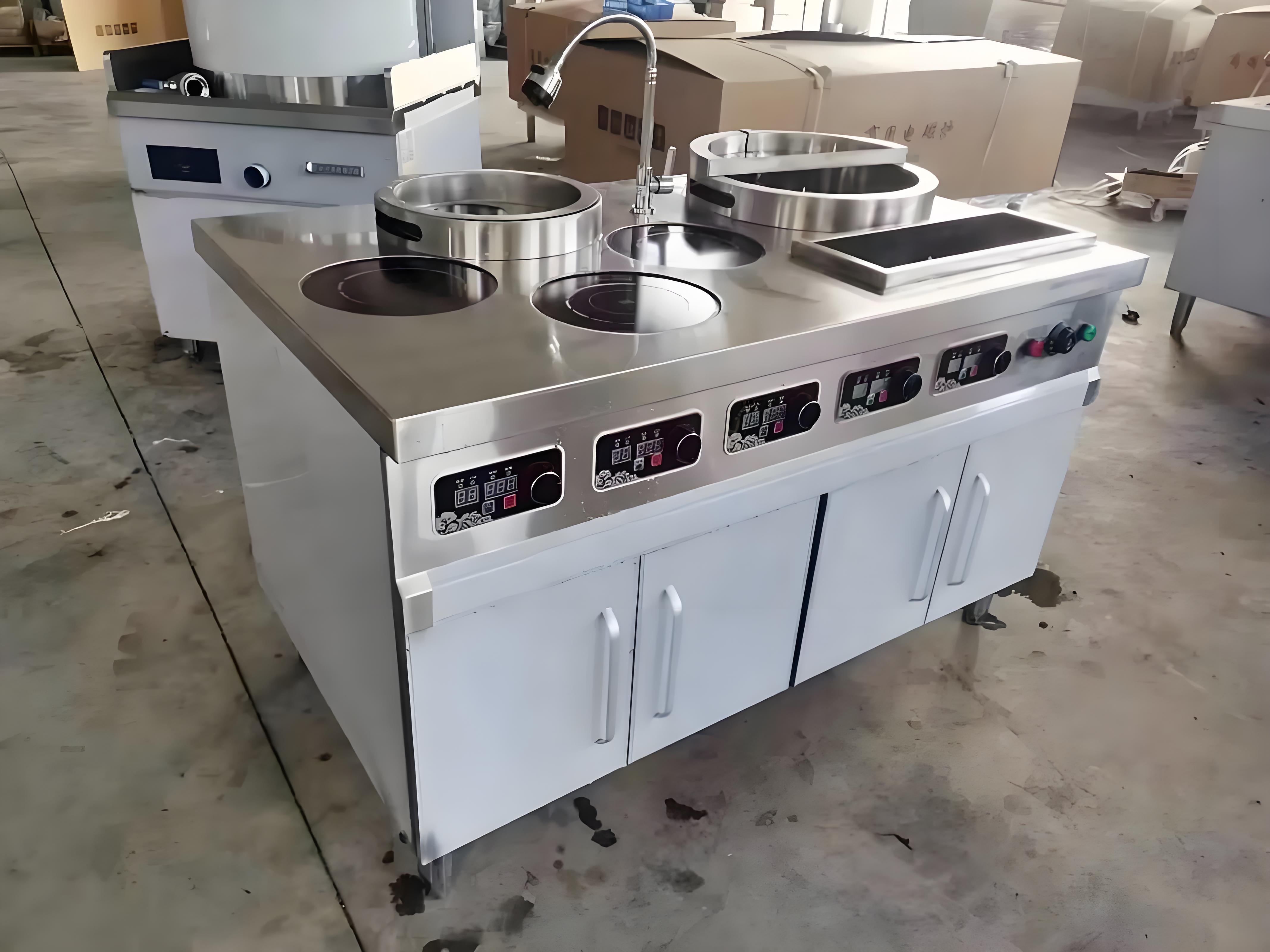How does food cooked on a high-power induction cooker taste? This has always been a concern for users, especially for those running a business, where good taste directly determines the success of the venture and constitutes one of the core competitive advantages. Therefore, users’ apprehensions about the taste of food cooked on high-power induction cookers are of great significance. So, how exactly does food cooked on a high-power induction cooker taste? After conducting a comparative analysis of ten catering establishments using high-power induction cookers of different brands and configurations, the following results were obtained:
Firstly, when the same chef cooks the same dish using different high-power induction cookers, there is a noticeable difference in taste. Dishes cooked on high-configuration induction cookers are significantly better, presenting an appealing combination of color, aroma, and taste. In contrast, dishes cooked on low-configuration, inexpensive induction cookers are not only slower to prepare but also suffer from uneven heating and insufficient火力 (cooking heat). Towards the end of cooking, the heat is insufficient, failing to fully release the aroma of the ingredients, resulting in dishes that are overly moist and lack the dry, fragrant effect achieved through quick stir-frying.

Secondly, sustained heat is crucial for enhancing the flavor of dishes. Low-configuration induction cookers, unable to withstand continuous loads, reduce power as a self-protective measure. Consequently, the heat diminishes in the middle to later stages of cooking, failing to elevate the taste during the stir-frying phase. In contrast, high-configuration induction cookers, with more robust component capacities, prevent power drops in the middle to later stages, consistently delivering the heat required by the chef.
Thirdly, slow cooking over low heat is a delicate task that showcases the solid foundation of high-configuration induction cookers. When slow cooking is required, low-configuration induction cookers exhibit fluctuating power levels, a phenomenon commonly known as intermittent heating. This occurs because, when the heat is too low, the induction cooker’s precision cannot reach such a fine level, resulting in alternating power levels that average out to the desired heat setting. However, this often leads to overcooking, as the low heat setting is not consistent but fluctuates, resulting in subpar stir-frying results and a tendency for food to stick to the pan. In contrast, high-configuration induction cookers, with their precise microcomputer digital chips, can achieve continuous heating at low power levels, fully meeting the chef’s requirements for slow cooking. Using automotive handling terminology, it’s like having precise steering—it goes exactly where you point it.
Fourthly, after continuous stir-frying for 1-2 hours, low-configuration induction cookers often become unresponsive or stop working altogether, leading to slow service and poor-tasting dishes. In contrast, high-configuration induction cookers can operate continuously for 12 hours without a decrease in power, maintaining stable performance. This is because the component capacities used in high-configuration induction cookers are more than five times those of low-configuration models, providing ample reserve capacity to handle continuous 24-hour operation.
Not all high-power induction cookers produce unsatisfactory-tasting dishes, nor do all of them produce delicious ones. The key lies in users’ in-depth understanding and comparative selection. Dishes cooked on high-configuration induction cookers truly taste delicious. It is advisable to calculate usage costs with a long-term perspective rather than focusing solely on the initial purchase cost. After all, the cooker will be used daily, so why settle for inferior quality?





